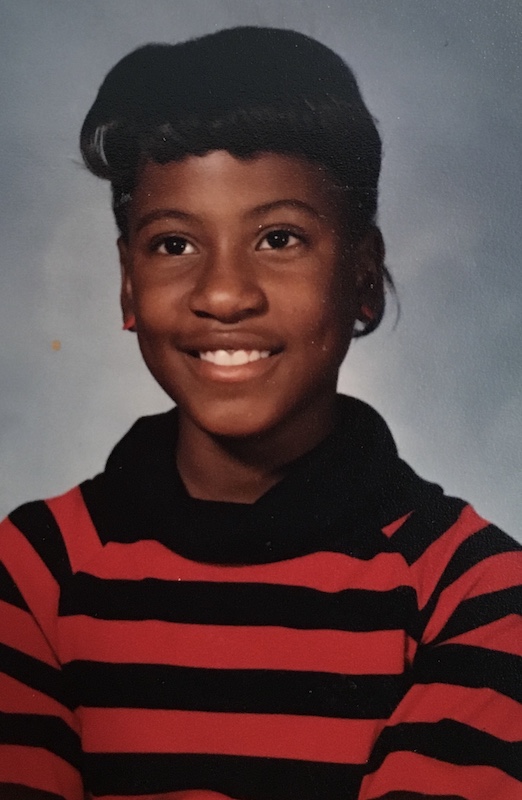
Growing up in Glendale was a memorable and happy experience for the most part. From 1983 to 1990, Arizona was my home. I grew up with a pool in my backyard and my dad used to barbecue on Christmas because it was 80 degrees outside. In some ways it was an idyllic childhood. I had a pretty dope group of friends and we rode our bikes to school because it was within walking distance of our homes. My parents did pretty well financially so there was no shortage of mall trips or fun outings. I went to Great Skate with my friends on the weekends and spent time at the roller rink where I became a weekly fixture.
There was just one thing wrong with this whole setup–I was always the only Black girl.
In third grade, I was the only Black girl in the entire grade at Desert Palms Elementary and there was only one other Black boy who I crushed on hard but never gave me the time of day. In fact, to catch his attention one day, I threw a ball towards him and accidentally hit him in the back of the head. To my surprise, he ran after me and pushed me to the ground because of it. His name was Jason Guinn and I will never forget him because of that.

In fourth grade, I was still the only Black girl in my grade but there were twins boys who were Black, but they didn’t even last a full school year.
In fifth grade, I was yet again the only Black girl in my entire grade.
What was that like, you may ask?
I think I was the original Awkward Black Girl. Going to slumber parties was always interesting, because I was the only one who slept in a bonnet or tied her hair up at night. When we went swimming and my hair went from smooth and sleek to looking like thick cotton, my friends would always ask me questions, shocked at my follicle transformation.
Let’s not even discuss the fact that making me the only Black girl in most of my interactions with kids my age meant that I wasn’t afforded the same crushes that my friends had. While there were a few cute melanin challenged boys, they never ever thought about me in any other way than the friend girl. The hand holding and couple skating that my group of friends experienced always left me standing on the sidelines, and it would be like this pretty much my entire time living there.
Then it happened.
Finally in sixth grade, there was another Black girl who joined me. Her name was Jackie Yancy and it was love at first sight. Being as how I now had someone else who looked like me, we hit it off well. She was tall and very athletic and we were opposites aesthetically but we were attached at the hip.

Jackie introduced me to hip-hop outside of DJ Jazzy Jeff and The Fresh Prince and Salt N Pepa, who were the only rappers I knew at the time because of their mega crossover smash ‘Push It’ was played on KZZP. Enter MC Lyte, LL Cool J, and so many others whom I grew to love. Her parents constantly played Quincy Jones’ ‘On The Block’ album, which gave me a taste of soulful R&B and I had someone that I could really bond with. We became inseparable.
Now there were two Black girls and we were awkward together.
Eventually, we moved away from Arizona, first to Memphis and then to Jacksonville, Florida. There was a lot of culture shock involved with those moves (enter the phrase “you talk like a white girl”), but that is another story for another time.
I became a chameleon.
What I’ve learned over the years is that being the only Black girl (or only one of two Black girls) helped me adapt in sometimes uncomfortable spaces. The bending and stretching that became second nature to me because of my surroundings actually helped me as I transitioned to adult life as a professional working in an office. Previous to the position that I hold now, I was usually still the only Black girl on my team, in my department, and even in the entire workplace.
I mastered the art of “code switching” before I knew what it was.
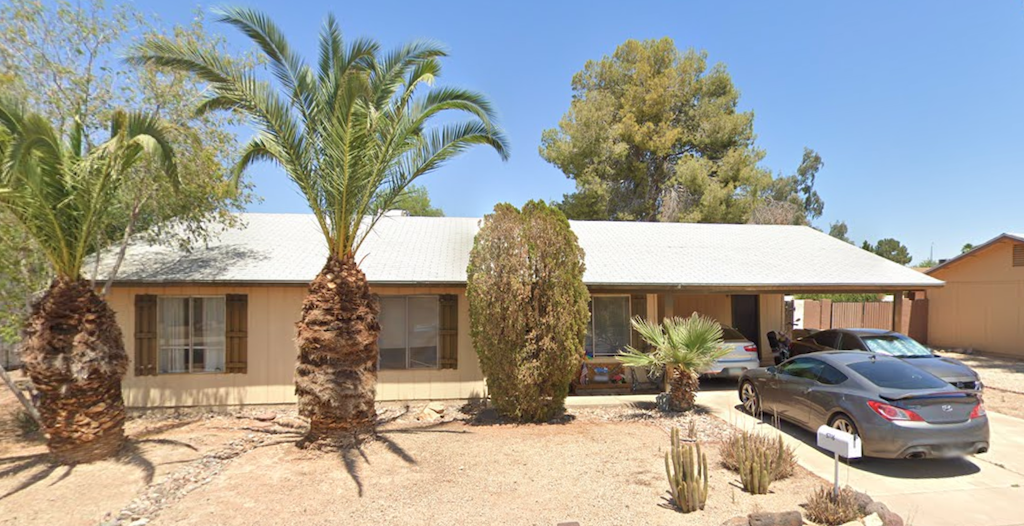
Put me in the hood and I will thrive there. Put me in an opulent suburb and I will fit right in. Everywhere that I go, I got this. Being young and having to shape-shift helped me pivot and be adaptable in pretty much every situation I’ve been in and I must admit, I am grateful for the childhood I had because it’s helped me as an adult.
But there are many cons to the pros when it comes to being the only Black girl. At times, it was hard to develop myself as an individual. When I was younger, I was always concentrated on blending in and not sticking out because of my color. It was hard for me to define who I was or who I wanted to be. I was way into my adulthood before I got to know the real me and not what I thought others expected of me.
There has to be more of you like me who grew up being the only Black girl, or one of few. We indeed survived and hopefully, without much lasting trauma.
I share my story because I know some of you will be able to relate.
Wanna talk about it?

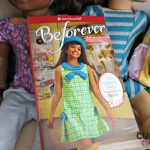
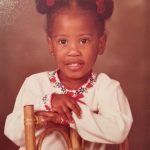

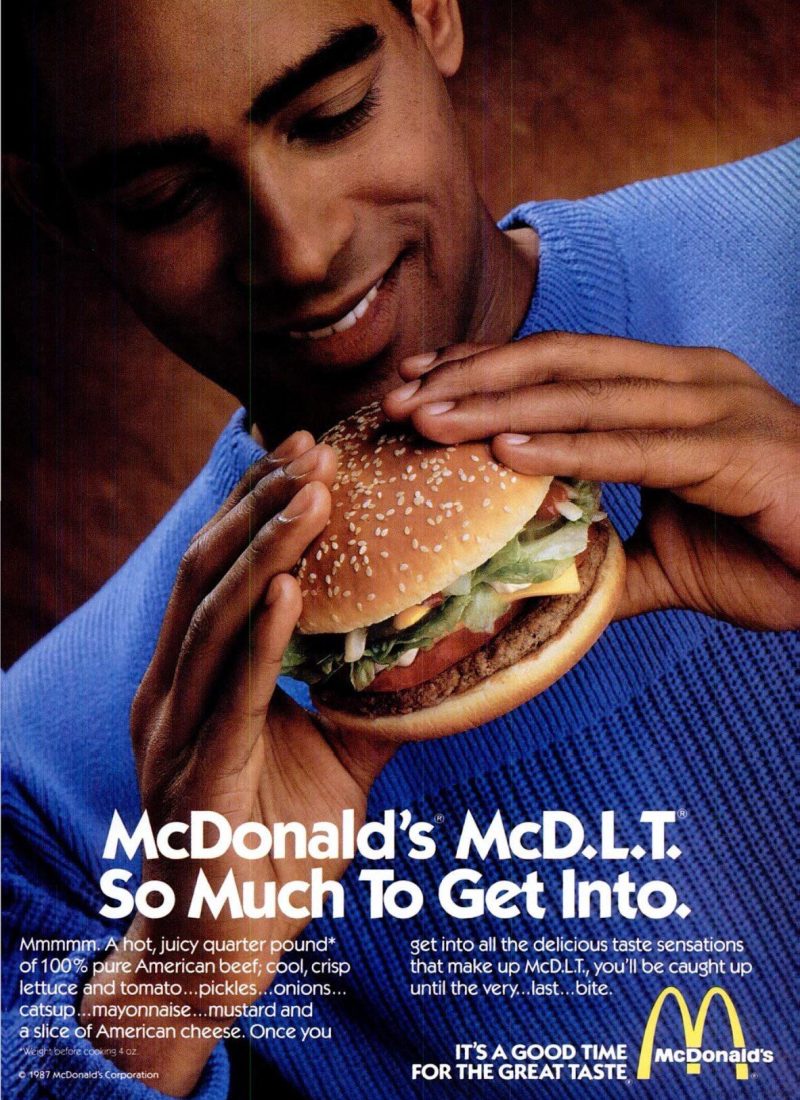
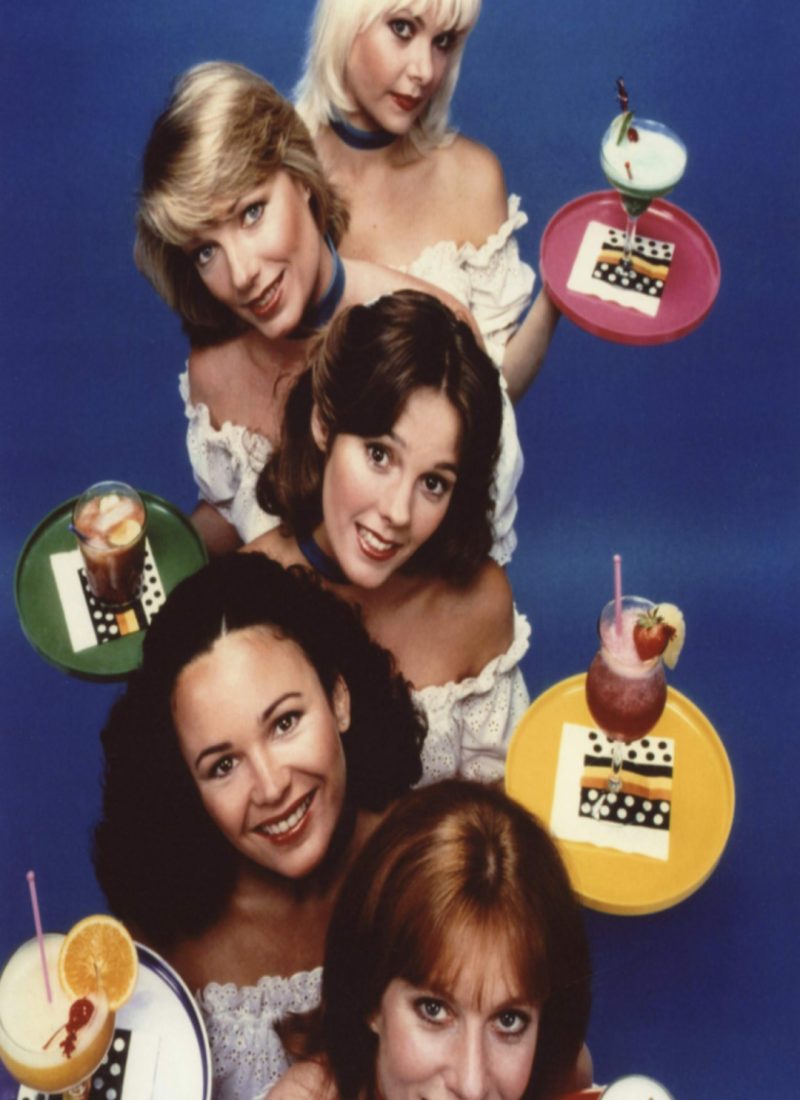

I’m doing something I haven’t done in a LONG time and commenting here because I am the other “original only black girl” you speak of. While I had a good childhood, I didn’t realize how much being the only one affected me until I reach adulthood. I credit my ability to adapt to that experience frequently, but it’s a lot for any child to spend a majority of their formative years code-switching even if they don’t realize it at the time. My experience and that of other “only ones” is something I definitely want to write about more. Thanks for sharing your experience.
Hi Terri. I’ve been speaking about my childhood experience as the only Black girl more and more because I’ve been finding that other Black women have gone through similar things. I used to feel like what I went through was unique to me, but there are many of us who are reflecting on our childhood and all that came with be the “only” one or one of few. It’s a gift and a curse at times, but I am thankful that I came out of it with a strong sense of self and the ability to be adaptable even when it wasn’t easy to do so. Thanks for commenting.